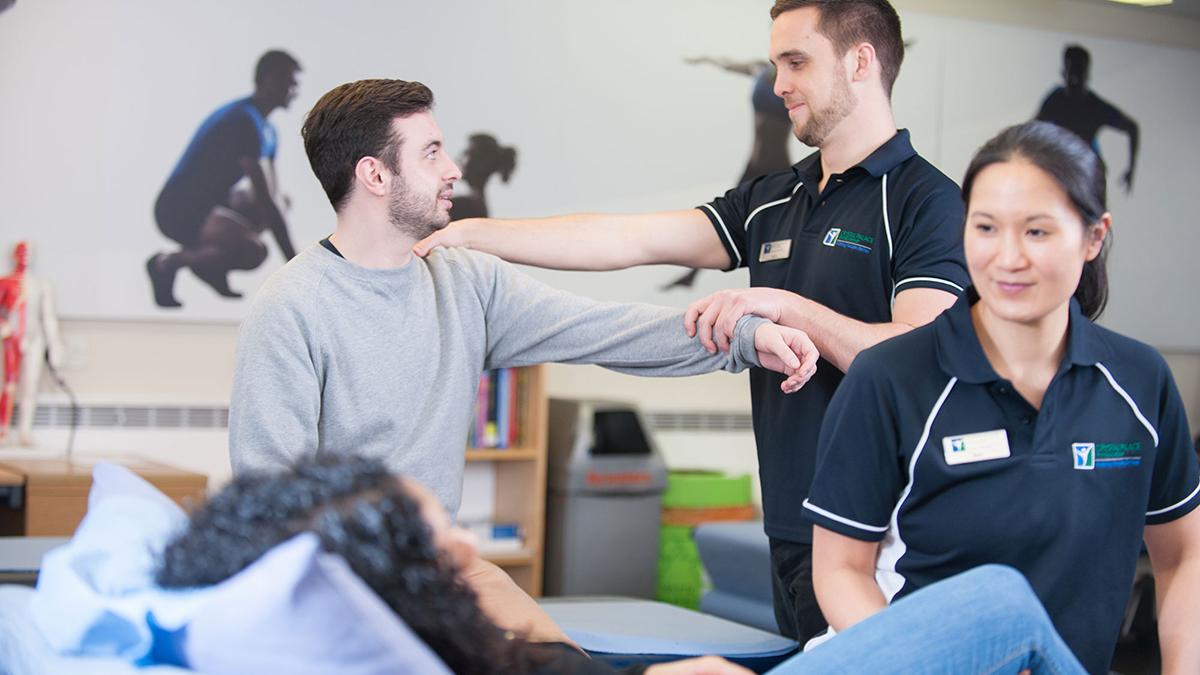Wherever you are in your physiotherapy career, developing and maintaining a personal portfolio is an absolute must.

Guidance on this page outlines what a portfolio is and the types of content that should go in it. Making sure you keep it up to date will take time but is always worth the investment.
Many members currently use the CSP eportfolio as their personal development tool but there are lots of other options. Whichever resource you decide to use though, remember that it's never too late to get started.
What is a CPD portfolio?
A portfolio is a tool to support you to meet a range of requirements linked to your CPD. It captures what activities you have done and when you did them. It also shows what you learnt by doing them and how such learning has affected your practice. A portfolio should be:
Members: use our ePortfolio system
to record and reflect on your CPD online.
- a record of your professional development and experience
- specific to your work practices and roles
- not just a record, but also have reflective and evaluative content
- confidential
- used as an historic, current and future learning tool.
CPD activities cover self-directed learning, courses, reading professional journals, active involvement in a network, case studies, clinical audit and reflective practice. You may often undertake CPD without realising it.
Ensure you capture evidence of learning
By capturing evidence of your learning from CPD activities and day-to-day practice you demonstrate:
- the impact of this learning on your practice
- how you are remaining a competent, safe and effective practitioner
- how your ongoing development will help maintain this competence and effectiveness throughout your professional life.
So make sure the documentary evidence to support your claims about learning, skills, knowledge and abilities goes into your portfolio.
Feature use of evidence-based practice
Your portfolio should also include your use of appropriate evidence-based practice resources. Ask yourself:
- how do I use such resources in my practice?
- what evidence do I have in my portfolio that I use them or that they underpin my practice?
- what have I learnt from using these resources in my practice?
Keep your portfolio confidential
Your portfolio is confidential to you: no one should look at your portfolio unless you have given permission. It's a private collection of evidence that demonstrates learning and development as well as a tool for planning future learning.
A profile is a collection of evidence of your professional skills, knowledge and abilities, selected and extracted from your portfolio. Extracting a profile is done to meet the demands of a particular audience such as a job interview. Be aware that evidence taken from your portfolio may be used as it is or may require reformatting.
Make use of your portfolio
The evidence collected in your portfolio has many uses. It can help with:
- job applications and interview preparation
- appraisal discussions
- meeting Health and Care Profession Council CPD standards and return to practice requirements
- applications for further study
- securing funds to help you finance study programmes
- meeting CPD processes for a professional network
In other words, investing time in developing and maintaining your portfolio is always a good idea.
Collect and collate evidence of your achievements
Suitable material for your portfolio can come from a wide range of sources. For example:
- things you may have produced such as information leaflets, case studies, critical literature reviews, adapted notes for patients/clients/students
- materials that demonstrate reflection and evaluation of your learning and practice such as profiles derived from your portfolio. Alternatively, adapted documentation arising from appraisal, clinical supervision, job evaluation, or compliance with competence frameworks
- materials you may have acquired from others such as testimonies, letters from users/carers/colleagues/students, course certificates, personal development plans, business plans or presentations you have done.